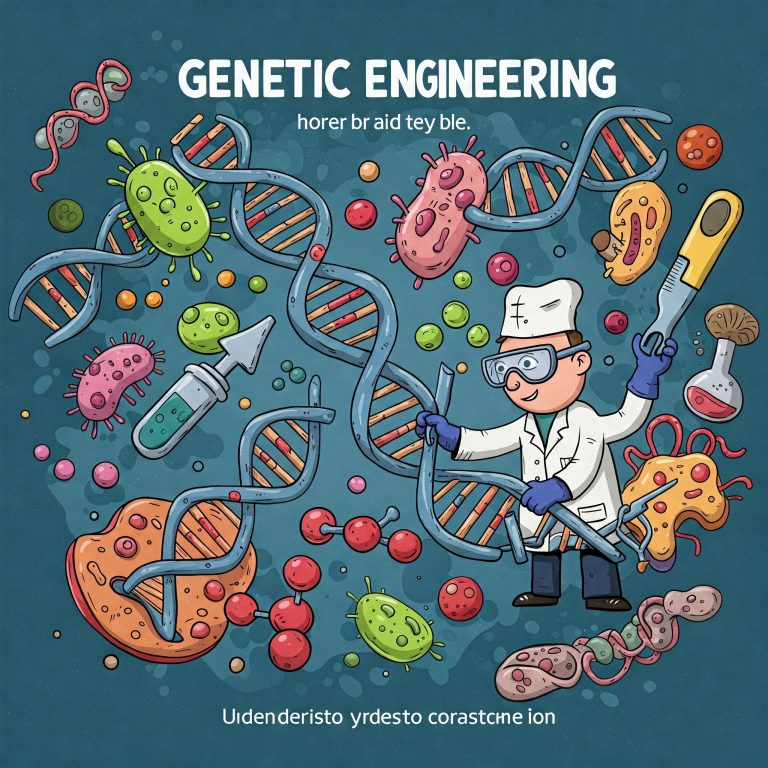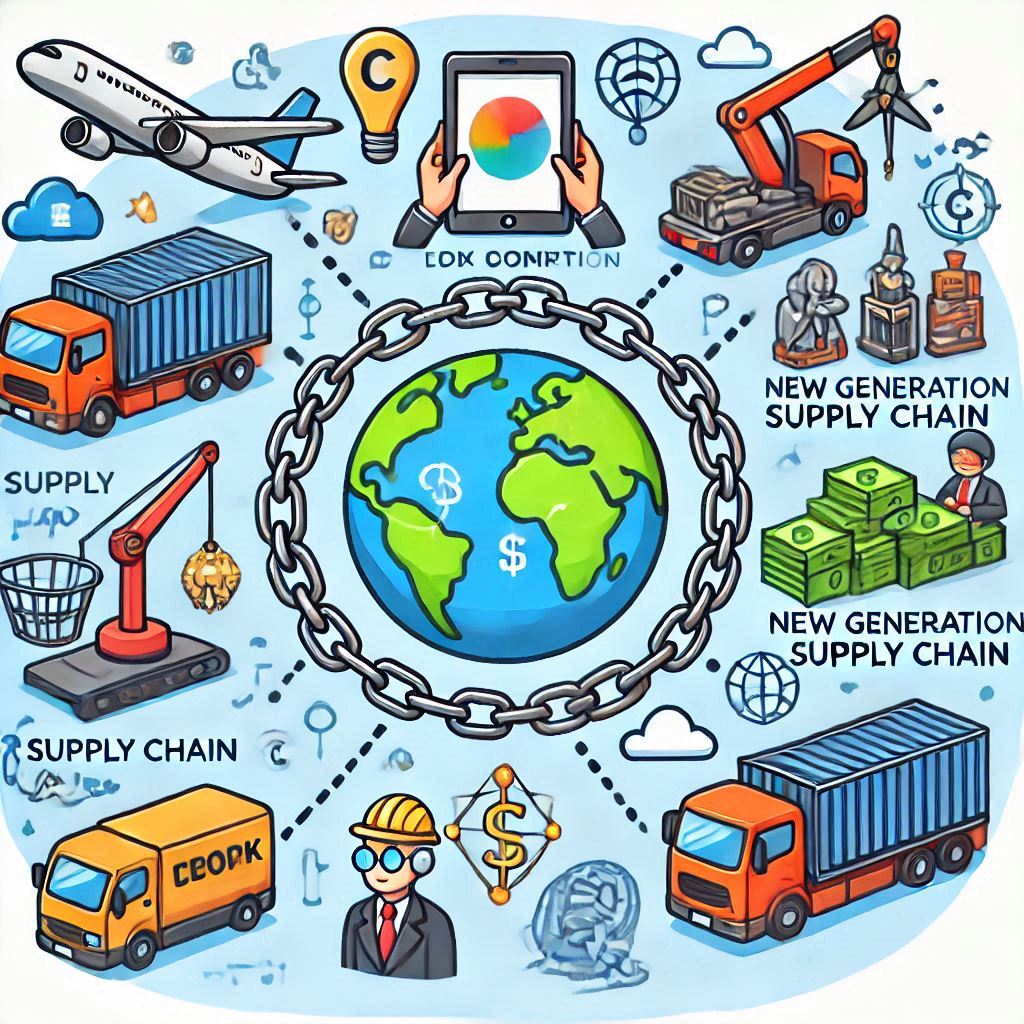
The New Generation Supply Chain, also referred to as Supply Chain 4.0, is a transformative shift in the way supply chains are managed-a phenomenon that propels businesses into integrating advanced technology such as IoT, big data analytics, AI, and robotics. This modern approach connects all parts of the supply chain through digital platforms, enhancing visibility and coordination. Automation also plays a crucial role by reducing human intervention to increase efficiency.
Data-driven decision-making allows businesses to predict trends and optimize operations in real time, while a customer-centric focus ensures that products and services are tailored to individual preferences. Sustainability is also a key aspect, with companies adopting eco-friendly practices to reduce their environmental impact. Overall, the New Generation Supply Chain promises increased efficiency, cost reduction, enhanced flexibility, and improved customer satisfaction, positioning businesses to thrive in the rapidly evolving marketplace.
What is Supply Chain 4.0?
Supply Chain 4.0 is a modern supply chain management approach that uses the Internet of Things (IoT), big data analytics, artificial intelligence (AI), and robotics to drive the new wave of innovation. The model aims to improve efficiency, flexibility, and customer-centricity by digitally integrating all parts of the supply chain to enable real-time data sharing and collaboration. Automation streamlines repetitive tasks, reduces human error, and increases operational efficiency.
Big data analytics provides businesses with great insights, enabling them to make informed decisions and predict trends. Additionally, Supply Chain 4.0 adopts green practices, minimizing environmental impact while it precisely answers customer demands and caters to their desires, positioning businesses to operate innovatively in a very aggressive and volatile marketplace.

Key Features of the New Generation Supply Chain:
1. Digital Integration in New Generation Supply Chain:
Digital integration in the context of supply chain management is the seamless integration of all elements of the supply chain through digital platforms and technologies. It is a part of Supply Chain 4.0, which provides real-time data sharing, communication, and collaboration between suppliers, manufacturers, distributors, and customers.
The following are some of the key aspects of digital integration in supply chains:
Real-Time Data Sharing: Supply chain data can be viewed and shared by stakeholders in the supply chain in real-time, leading to better coordination as well as decision making.
Improved Visibility: Digital integration gives companies a complete overview of all the phases of supply chain management, from good movement tracking to monitoring inventory levels and identifying potential bottlenecks along the way.
Automation of Processes: Routine and repetitive tasks can be automated using digital tools. This means there is less manual intervention, hence increasing efficiency.
Increased Agility and Flexibility: Digital integration enables supply chains to adapt to market changes, enabling companies to quickly seize new opportunities or tackle challenges.
Benefits of Digital Integration:
Efficiency: Reduces delay by streamlining operations and thus reduces the overall lead time.
Cost: It saves costs- Automation and efficient operations help bring down costs
Accuracy: Live data helps prevent errors and also increases accuracy.
Customer Satisfaction: satisfaction increased due to more visibility and responses.
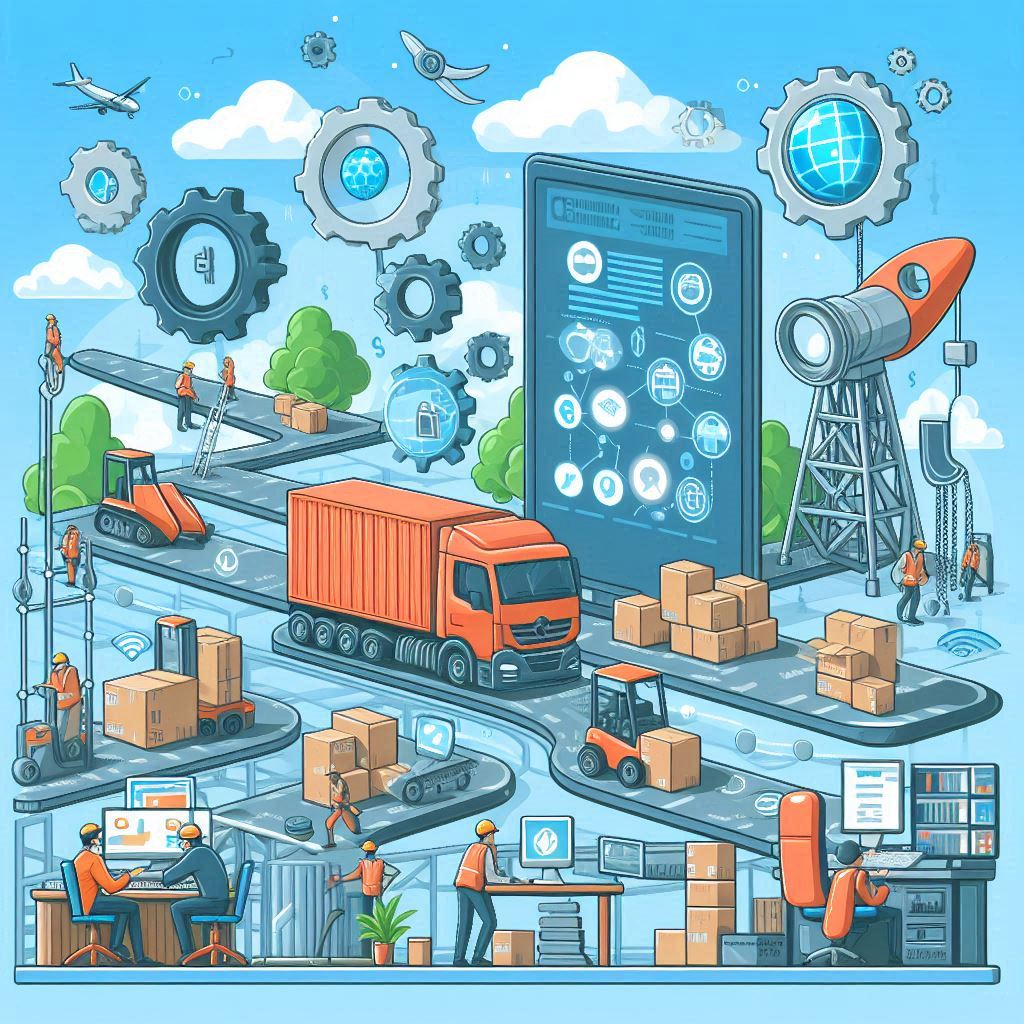
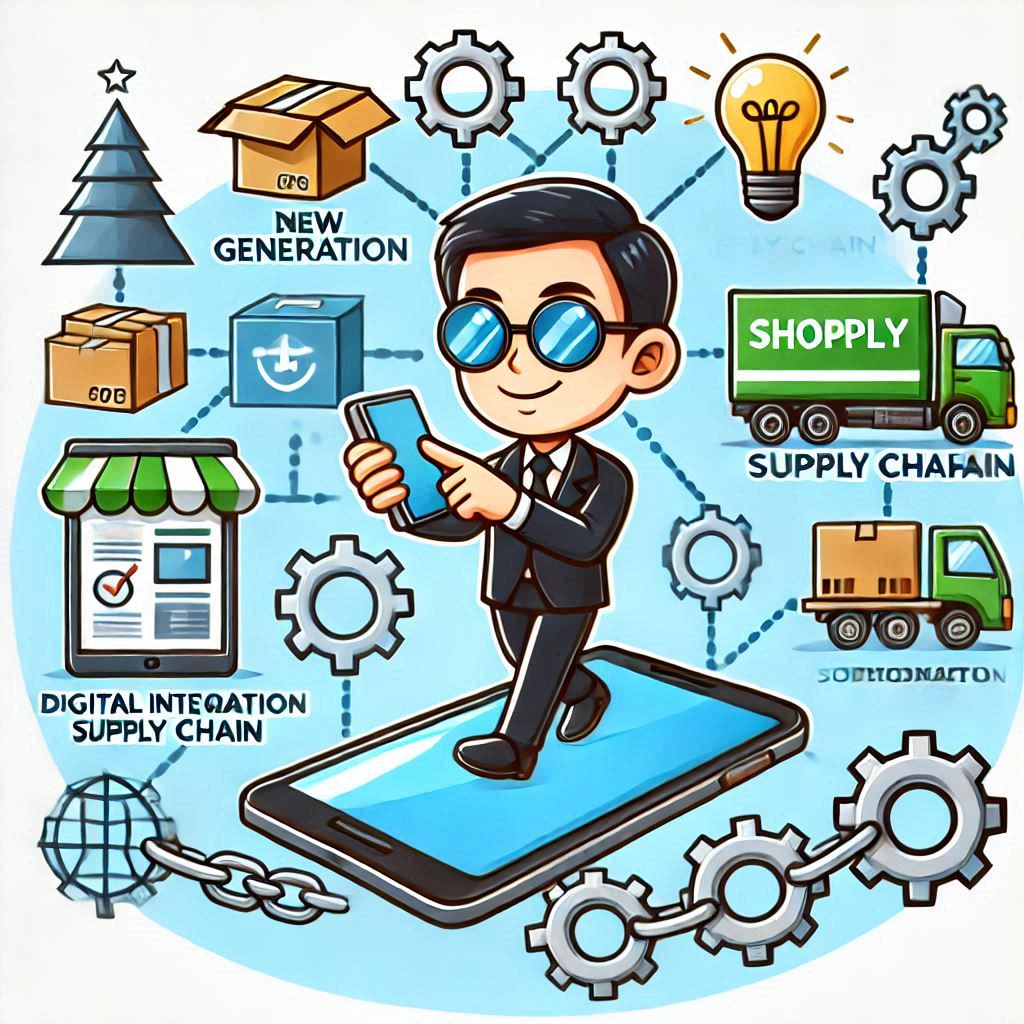
In summary, digital integration transforms supply chains into highly efficient, flexible, and customer-centric systems that help businesses remain competitive in an increasingly dynamic marketplace.
2. Automation in New Generation Supply Chain:
Automation in supply chain management involves using advanced technologies like robotics, AI, and machine learning to perform tasks that were previously done manually. This is a fundamental aspect of Supply Chain 4.0, bringing about significant improvements in efficiency, accuracy, and cost reduction.
Key aspects of automation in supply chains include:
Robotic Process Automation (RPA):
RPA refers to the use of software robots in automating routine tasks such as data entry, invoice processing, and order tracking. This eliminates human error and allows employees to focus on strategic work.
AI and Machine Learning:
AI and machine learning algorithms can analyze large datasets to predict demand, optimize inventory levels, and identify potential supply chain disruptions. These technologies can also automate decision-making processes, thereby improving responsiveness and accuracy.
Automated Warehousing:
Automated warehouses use robotics and conveyor systems to move, store, and retrieve goods. This enhances efficiency, reduces labor costs, and minimizes the risk of damage to products.
Autonomous Vehicles:
Autonomous trucks and drones are being used for transportation and delivery, reducing reliance on human drivers and improving delivery times.


Benefits of Automation:
Increased Efficiency: Automated processes are faster and more consistent than manual ones.
Cost Reduction: Lower labor costs and reduced errors lead to significant cost savings.
Improved Accuracy: Automation minimizes human error, resulting in more accurate data and processes.
Enhanced Productivity: Employees can focus on higher-value tasks, leading to increased overall productivity.
Scalability: Automated systems can be easily scaled to handle increased demand without a corresponding increase in labor.
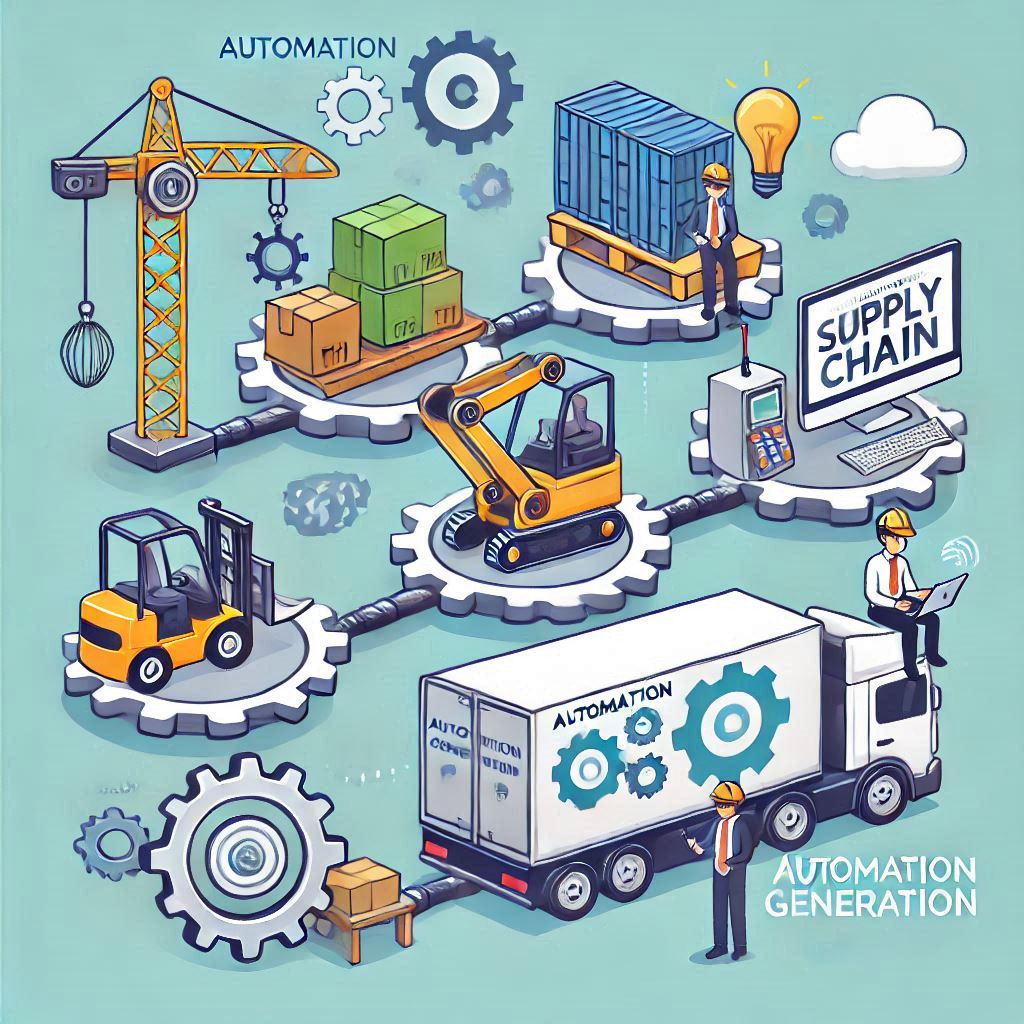
Automation makes the supply chain efficient, error-free, and scalable. It’s this reason businesses are becoming extremely efficient in responding to an ever-changing market. Automation is one of the key enablers of the New Generation Supply Chain as it helps maintain competitiveness and responsiveness.
3. Customer-Centricity in New Generation Supply Chain:
In supply chain management, customer-centricity refers to a strategic focus on understanding and meeting the needs, preferences, and expectations of customers. It is one of the core elements of Supply Chain 4.0, aiming at delivering superior customer experiences through customized products and services.
Key aspects of customer-centricity in supply chains include:
Personalization: Use of customer data for the development of personalized products and services. This can be through customized packaging, product recommendations, and targeted marketing strategies.
Responsive Supply Chains: Agile supply chains that respond to changing customer demand in real-time. It involves the real-time monitoring of customer preferences and market trends for timely and accurate fulfillment of orders.
Improved Customer Service: Leveraging digital technologies to ensure exceptional customer service. This means automated customer support, chatbots, and AI-driven customer engagement tools that help answer queries immediately and accurately.
Transparency and Communication: Ensuring that the customer has total visibility into the supply chain process. This may include real-time tracking of the order, keeping the customer posted on the delivery status, and proactive communication when there are issues or potential delays.
Feedback Loops: Implementing systems to collect and analyze customer feedback. This allows businesses to understand customer satisfaction, identify areas of improvement, and make data-driven decisions to improve the customer experience.

Benefits of Customer-Centricity:
Increased Customer Satisfaction: Meeting or exceeding customer’s expectations leads to higher levels of customer satisfaction and loyalty.
Good Brand Reputation: A customer-centered approach enhances the reputation of a brand and thus encourages positive word-of-mouth marketing.
Competitive Advantage: It is through their focus on fulfilling customer needs that businesses gain the competitive advantage.
Increased Sales and Revenue: In most cases, satisfied customers keep coming back, and they become good sources for recommendations, sales, and increased revenue.

By focusing on customer-centricity, businesses can create a supply chain that not only meets but anticipates and fulfills customer needs, leading to stronger customer relationships and long-term success.
4. Sustainability in New Generation Supply Chain:
Sustainability in supply chain management is the adoption of green practices that reduce the environmental impacts of supply chain operations. It is an important part of Supply Chain 4.0, reflecting the growing importance of the concept of corporate social responsibility and the imperative to comply with environmental regulations.
Key aspects of sustainability in supply chains include:
Eco-Friendly Materials: Obtaining sustainable, recyclable, or biodegradable materials to minimize the environmental impact of products.
Energy Efficiency: The use of energy-efficient practices and technologies in manufacturing, warehousing, and transportation to reduce energy consumption and emissions of greenhouse gases.
Waste Reduction: Reduce waste through recycling, reusing materials, and lean manufacturing that reduces excess inventory and unnecessary production.
Sustainable Transportation: Using fuel-efficient vehicles, optimizing delivery routes, and exploring alternative transportation methods such as electric vehicles and drones to lower emissions.
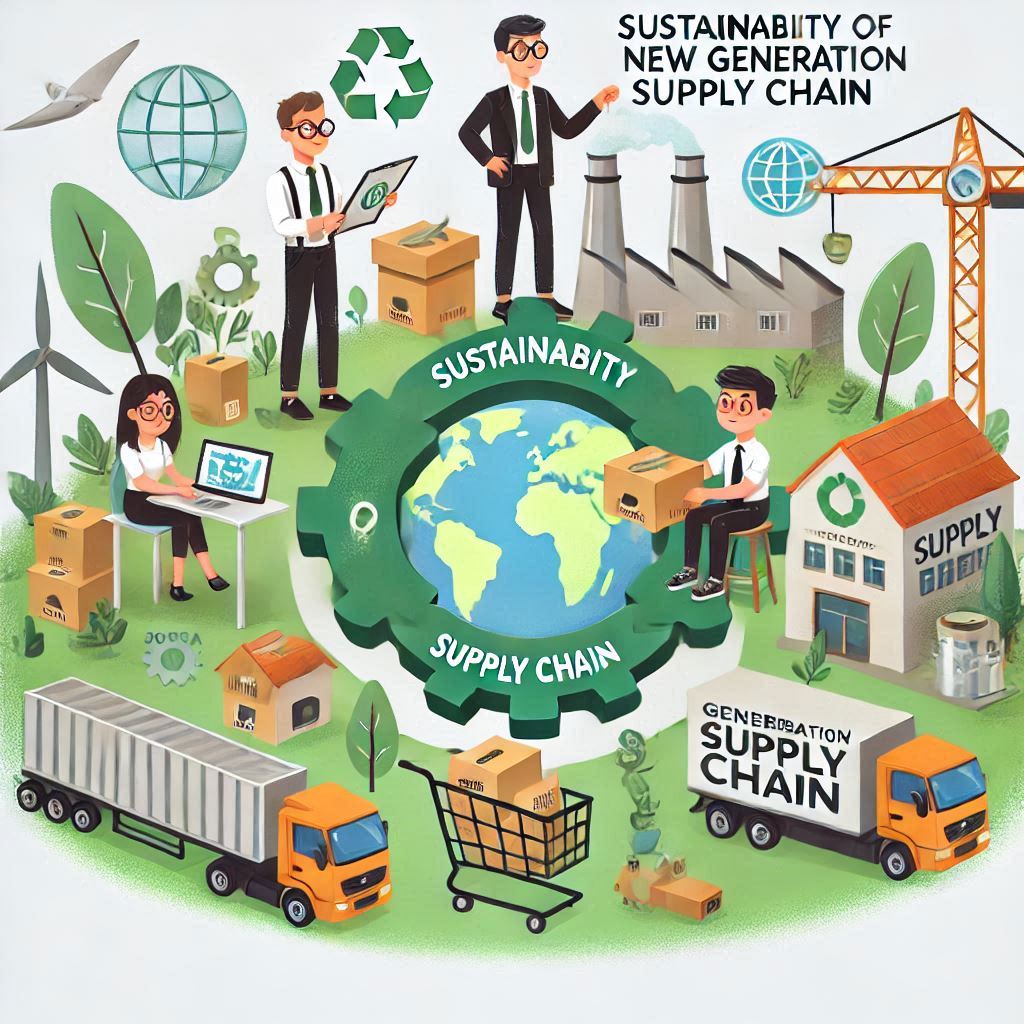
Green Packaging: Design packaging that is sustain able, use materials that are recyclable or made from renewable resources, and reduce packaging waste.
Benefits of Sustainability:
Environmental Protection: Resource conservation and the reduction of emission.
Cost savings: Energy conservation and waste management can save large amounts of costs in the future.
Regulatory Compliance: Meets the standard of environmental legislation and avoids penalty and fines
Improved Brand Reputation: Shows care for the environment, which adds to the positive reputation of a brand and will attract environmentally friendly customers.
Long-Term Resilience: Sustainable practices will hence ensure long-term resilience and the sustainability of supply chains as such practices mitigate some of the identified risks that concern scarcity of resources and environmental degradation.
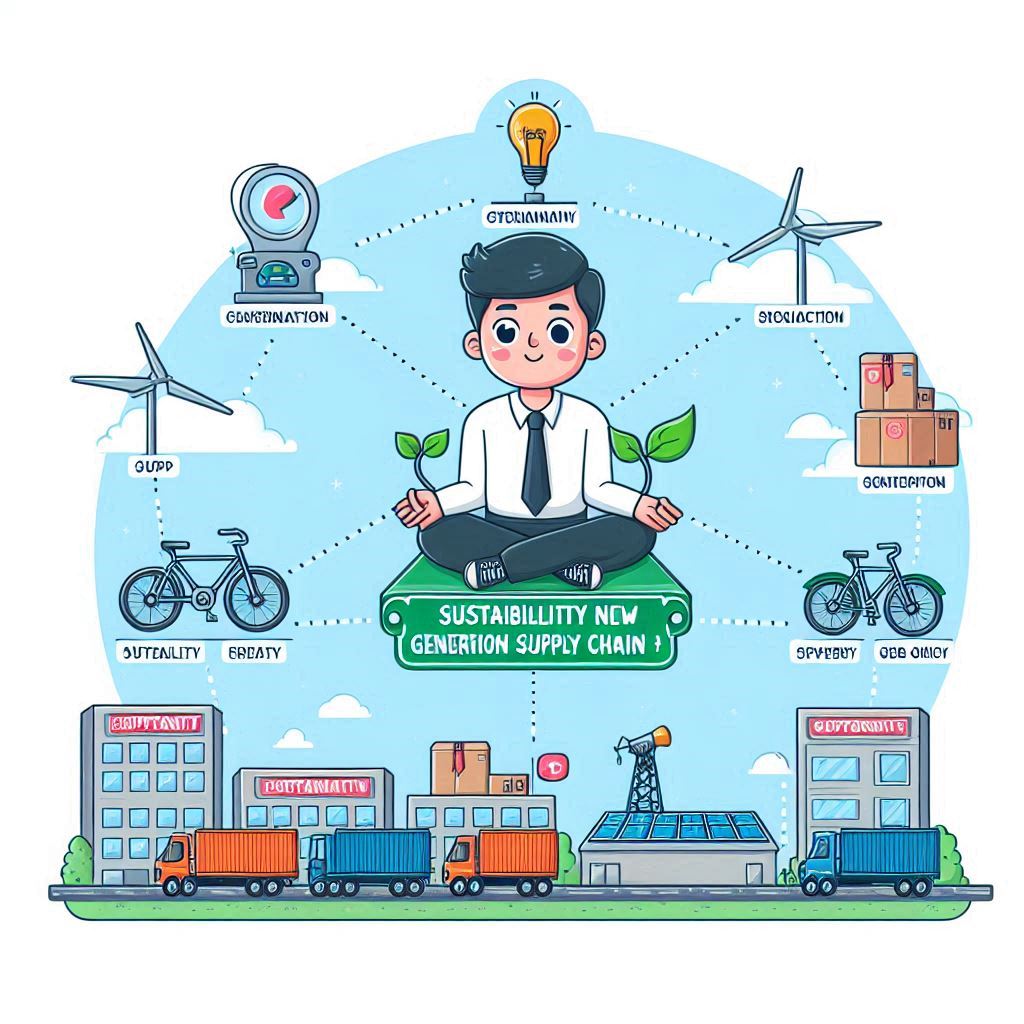
Prioritizing sustainability in businesses would help ensure the creation of a supply chain that is both efficient and cost-effective, while at the same time responsible and environmentally friendly. Such an approach, therefore, harmonizes well with the ideals of modern consumers, ensuring a firm’s success for the long run in such a fast-changing world.
The Benefits of Supply Chain 4.0:
Supply Chain 4.0 is full of advantages that can make a difference in the way companies operate. Some of the most important advantages include the following:
Increased Efficiency: Automation and real-time data sharing streamline processes, reducing delays and bottlenecks. This results in faster production cycles and better overall efficiency.
Cost Reduction: Companies can reduce costs significantly by optimizing operations and minimizing the amount of manual labor needed. Fewer errors and less waste contribute to cost-cutting.
Flexibility: Companies are able to be responsive to changes in demand and market conditions, thus maintaining competitiveness and robustness. The flexible supply chain is able to respond rapidly to disruptions, minimizing their impact.
Innovation and Competitive Advantage: Advanced technologies help the business innovate and be at the forefront of the industry. A company is in a better position to stay ahead of the market curve.
Risk Management: In real-time, companies can track and analyze data to identify and mitigate risks as soon as they arise. The proactive approach minimizes disruptions in the supply chain and ensures it runs smoothly.

Challenges and Considerations:
Implementing Supply Chain 4.0 involves its set of challenges and considerations that need to be addressed by businesses in order to have a smooth transition. One of the major challenges is the large amount of investment needed in advanced technologies, which could be a deterrent for small and medium-sized enterprises. Also, the workforce needs to be sufficiently educated to use and administer these new systems, that can provoke a steep learning curve and create a constant need for education. There is also an issue of cybersecurity because increased digitization and data sharing increases the vulnerabilities of supply chains to cyber threats, so data privacy and management of sensitive information are crucial. Implementing new technologies with existing legacy systems is a complicated process, and much effort could be needed to achieve seamlessness interoperability. In conclusion, businesses must maintain the balance between innovation and sustainability because pursuit for efficiencies should not compromise environmental responsibility. Addressing such challenges thoughtfully is essential for unleashing full potential of Supply Chain 4.0 and driving long-term success.
Conclusion:
The New Generation Supply Chain is changing the nature of business in unprecedented ways by offering unprecedented levels of efficiency, flexibility. and customer-centricity. By embracing these advanced technologies, companies can stay ahead of the curve and meet the ever-evolving demands of the modern marketplace. Going forward, businesses must balance innovation with sustainability in their supply chains, ensuring they are efficient yet responsible.
You can check more information from below mention updates
Subscribe to our newsletter!

